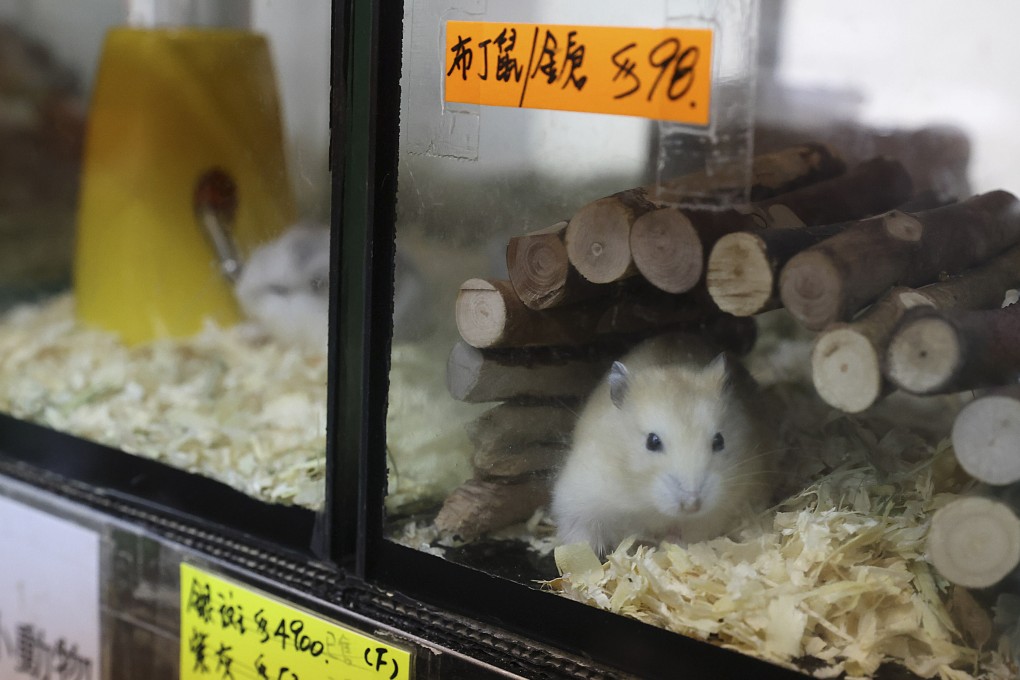Advertisement
Letters | First boars, now hamsters. Can Hong Kong let its animals be?
- Readers react to the government’s decision to cull 2,000 hamsters, reflect on how strict pandemic measures are affecting children and the poor, and suggest that a zero-Covid strategy is unsustainable even if vaccination rates go up
Reading Time:3 minutes
Why you can trust SCMP
2

The Hong Kong government has asked pet owners and shops to hand over around 2,000 hamsters to be culled after 11 animals at a pet shop were categorised as preliminary positive for Covid-19. Two people connected to the shop had tested positive for Covid-19 at the time.
The decision immediately sparked public outrage. Animal welfare groups are furious at what they call the Hong Kong government’s “drastic action”.
This is not the first time the government has treated animals inhumanely. A few months ago, the government decided to cull wild boars that venture into urban areas.
Advertisement
The mass cull of hamsters has gone down particularly badly with the public because the authorities admitted that the evidence that the hamsters are to blame is not clear, that there is no scientific literature confirming pets can transmit the virus to humans, and that the measure was a precautionary one.
The Hong Kong government is not a pioneer here. In 2020, Denmark culled 17 million minks after a large number of cases were reported among people associated with the farms they are bred on. The country’s prime minister apologised and its agriculture minister resigned over the issue.
Advertisement
It is difficult to understand why the Hong Kong government hasn’t learned from Denmark and is courting a public outcry.
Advertisement
Select Voice
Choose your listening speed
Get through articles 2x faster
1.25x
250 WPM
Slow
Average
Fast
1.25x